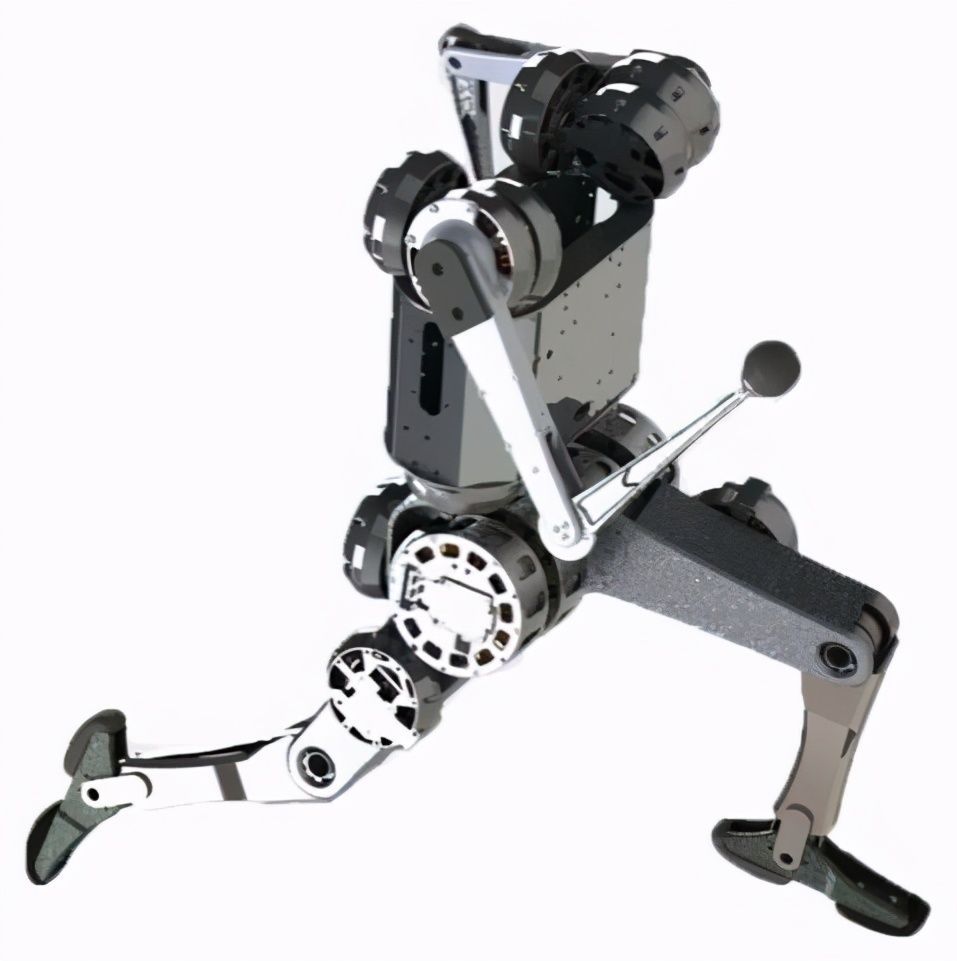This small-scale humanoid is designed to do parkour over challenging terrains.
For a long time, having a bipedal robot that could walk on a flat surface without falling over (and that could also maybe occasionally climb stairs or something) was a really big deal. But we’re more or less past that now. Thanks to the talented folks at companies like Agility Robotics and Boston Dynamics, we now expect bipedal robots to meet or exceed actual human performance for at least a small subset of dynamic tasks. The next step seems to be to find ways of pushing the limits of human performance, which it turns out means acrobatics. We know that IHMC has been developing their own child-size acrobatic humanoid named Nadia, and now it sounds like researchers from Sangbae Kim’s lab at MIT are working on a new acrobatic robot of their own.
We’ve seen a variety of legged robots from MIT’s Biomimetic Robotics Lab, including Cheetah and HERMES. Recently, they’ve been doing a bunch of work with their spunky little Mini Cheetahs (developed with funding and support from Naver Labs), which are designed for some dynamic stuff like gait exploration and some low-key four-legged acrobatics.
In a paper recently posted to arXiv (to be presented at Humanoids 2020 in July), Matthew Chignoli, Donghyun Kim, Elijah Stanger-Jones, and Sangbae Kim describe “a new humanoid robot design, an actuator-aware kino-dynamic motion planner, and a landing controller as part of a practical system design for highly dynamic motion control of the humanoid robot.” So it’s not just the robot itself, but all of the software infrastructure necessary to get it to do what they want it to do.
